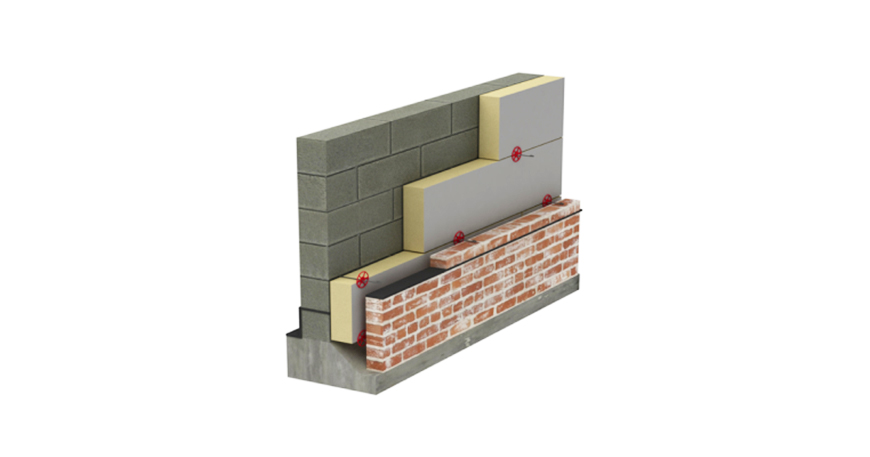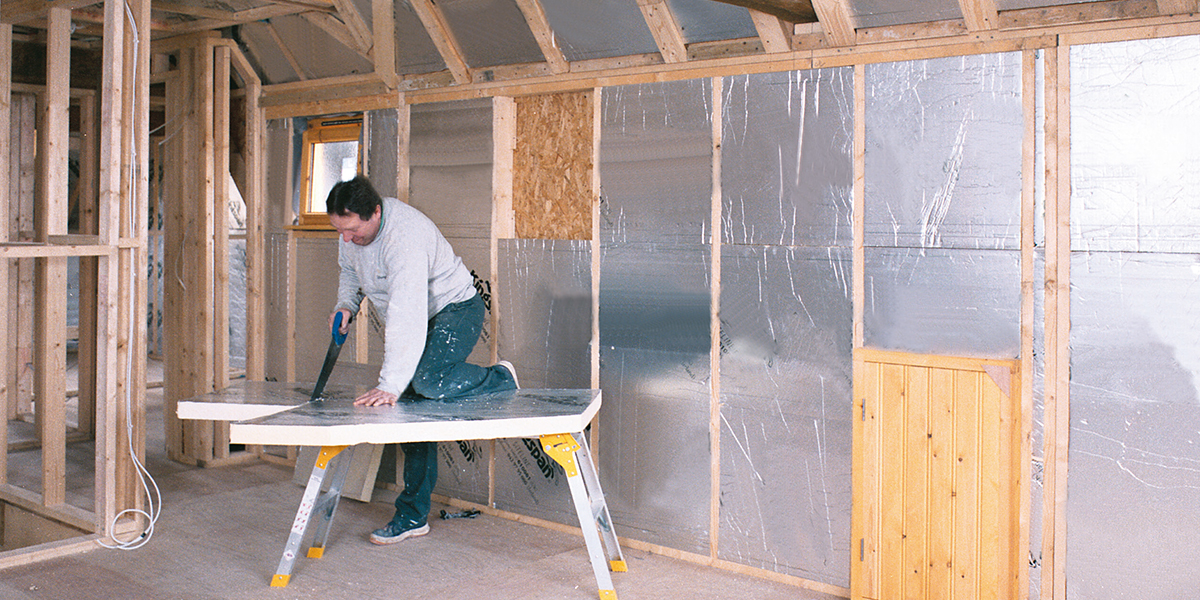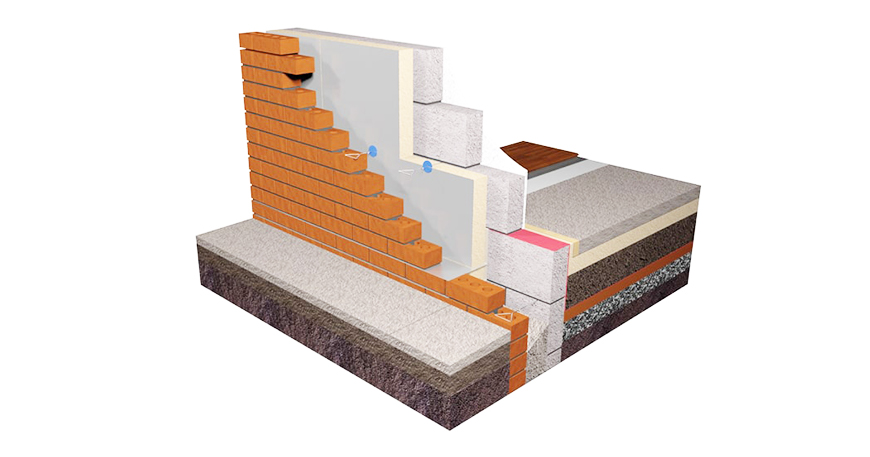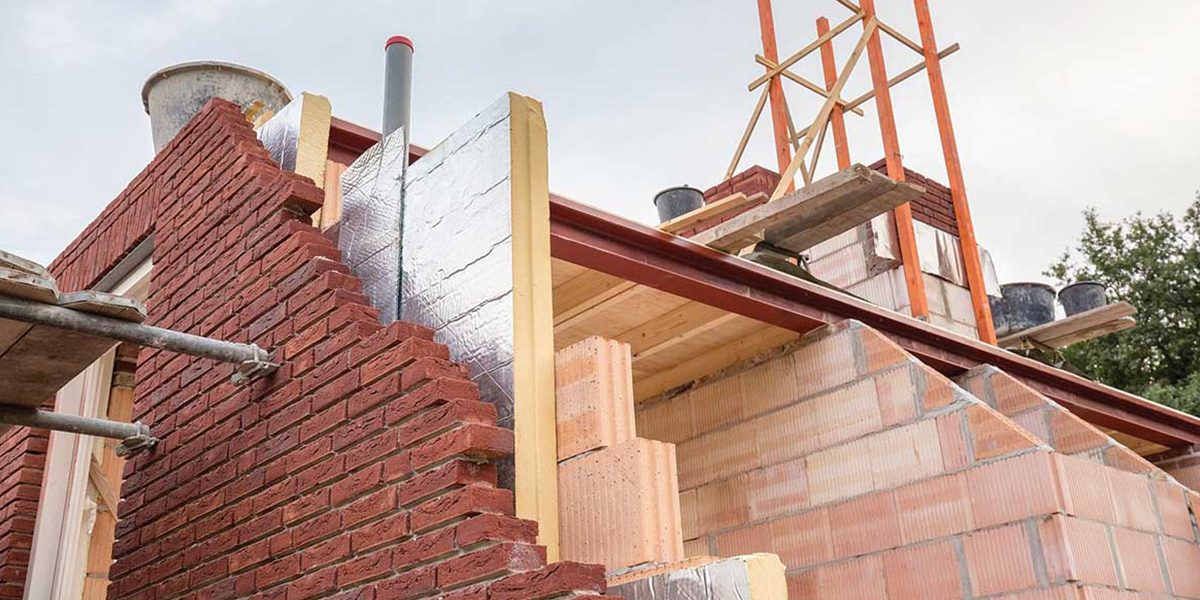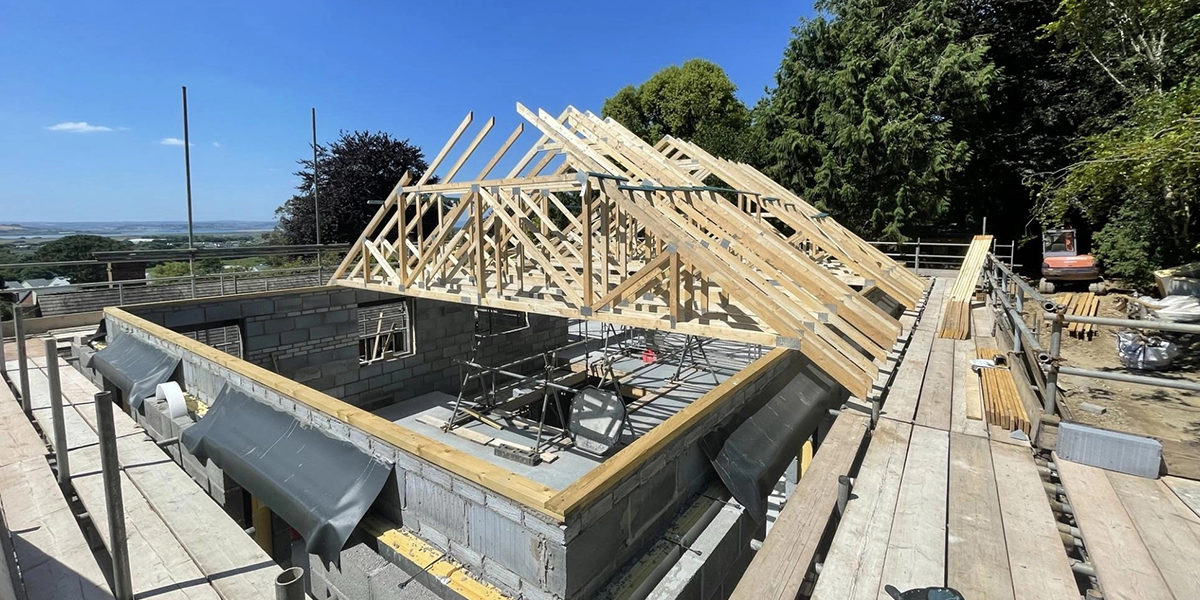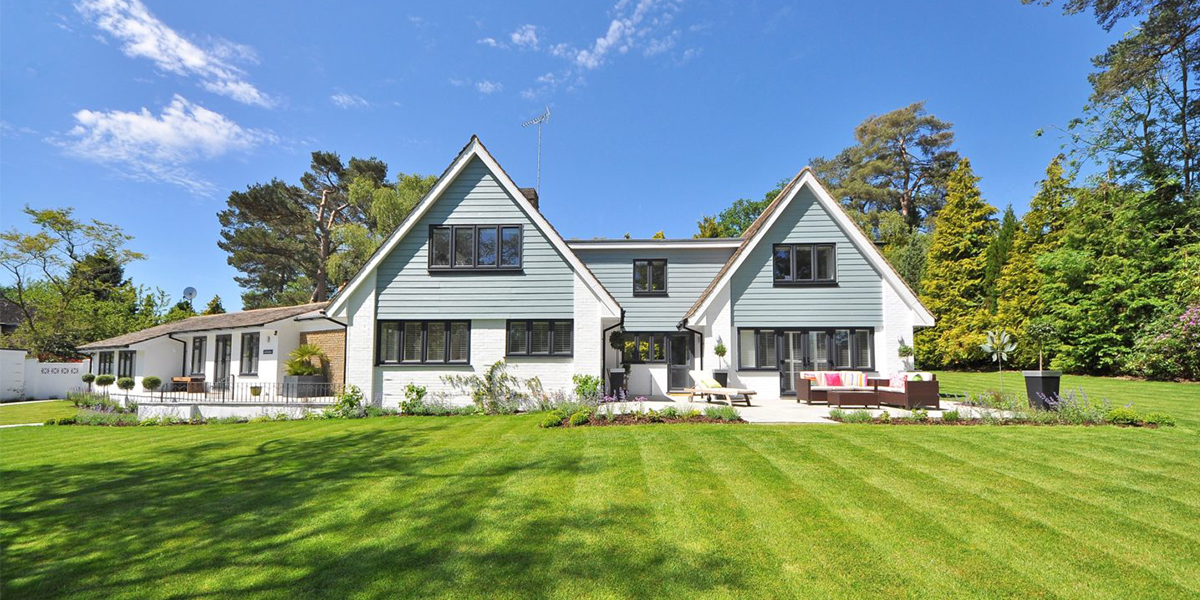How to Install PIR Insulation Boards on External Wall?
Installing PIR Insulation Boards (Polyurethane Insulation Boards) on external walls is an effective way to enhance the thermal efficiency of buildings. Below is a detailed step-by-step guide outlining the entire installation process. It includes a comprehensive list of all the necessary materials and tools required to ensure a smooth and successful installation.
1. Preparing the Wall Surface
Before installing the PU Boards, ensure the wall surface is clean, dry, and free of any debris or loose materials. A smooth surface allows for better adhesion and a more uniform installation. If the wall is uneven, use a leveling compound to create a flat surface.
2. Measuring and Cutting the Boards
Measure the dimensions of the wall to determine the size and number of Polyurethane Insulation Boards required. Use a sharp utility knife or a saw to cut the PU Foam Board to the appropriate size, ensuring a snug fit with minimal gaps.
3. Applying Adhesive
Apply a high-quality adhesive designed for PIR Thermal Insulation Boards onto the back of each board. The adhesive should be applied in vertical strips or in a continuous pattern across the board's surface. Ensure an even distribution to avoid air pockets.
4. Installing the Insulation Boards
Press the PU Board firmly against the wall, starting from the bottom and working your way up. Use a spirit level to check that each board is aligned correctly. Leave a small gap between each Insulation Board to allow for expansion, which can later be filled with an appropriate sealant.
5. Securing with Mechanical Fixings
To enhance the stability of the installation, use mechanical fixings such as insulation anchors or plastic fasteners. These fixings should be placed at the corners and along the edges of each PIR/PU Board. Ensure that the fixings penetrate both the Insulation Board and the wall to secure them firmly in place.
6. Sealing Joints and Edges
Once all the PU Boards are installed, seal the joints between them using polyurethane foam or an insulation-specific sealant. This step is crucial to prevent thermal bridging and improve the overall insulation performance. Additionally, apply a weather-resistant tape along the edges to protect against moisture infiltration.
7. Applying the Finishing Layer
The final step involves applying a suitable finishing layer, such as plaster, render, or cladding, over the installed Polyurethane Insulation Boards. This layer not only enhances the appearance of the building but also provides additional protection against weather conditions.
By following these steps, you can successfully install PIR Insulation Boards on external walls, ensuring improved energy efficiency and comfort for your building.
Benefits of Polyurethane Insulation Boards for External Walls Polyurethane insulation boards and PIR insulation boards, are a top choice for external wall insulation. These boards provide superior thermal performance, helping to maintain consistent indoor temperatures while reducing energy costs. With their thin profile, they offer excellent insulation without sacrificing interior space. The closed-cell structure of PU Boards ensures high resistance to moisture, preventing issues like mold and dampness, making them ideal for various climates. Additionally, PIR Boards are lightweight and easy to install, using a combination of adhesives and mechanical fixings. Their durability and fire-resistant properties further enhance building safety. By choosing Polyurethane Insulation Boards, you not only improve energy efficiency but also contribute to environmental sustainability through reduced energy consumption and carbon emissions. Overall, PU Boards are a cost-effective, long-lasting solution for enhancing the comfort and efficiency of your building.
In conclusion, Polyurethane Insulation Board offers a comprehensive solution for external wall insulation. Their superior thermal performance, moisture resistance, ease of installation, and long-term durability make them an excellent choice for improving the energy efficiency and comfort of any building.



